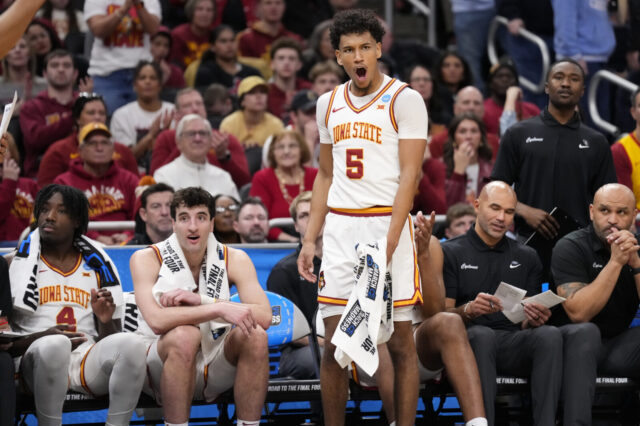In the Nuggets loss to the Jazz, their defense let them down, as they allowed their division rivals to score 114 points, with 57 of those points coming from behind the 3-point line.
After the game, head coach Michael Malone spoke to reporters, saying the following:
“We just were not mentally prepared, some of us tonight. Some of us were not mentally ready to play this game, some of us were not in tune to what we were trying to do defensively, and we just had breakdown after breakdown after breakdown. I got on guys at halftime. I said we’re on pace to give up a record number of threes in a game, and that’s not who we are. We’ve been a very good defensive three-point team.”
The part of that statement that is troubling to me is “We’ve been a very good defensive three-point team.” This isn’t a statement that lines up with analytical evaluation of the Nuggets defense.
How do you evaluate what is “good”
It would be helpful at this point for you to read up on the Nylon Calculus project that dissected 3-point defense. The following quote sums up most of their work nicely:
The core problem is that most 3-pointers are open shots, and open shots inherently can’t be influenced by the defense. They’re open. It’s the same reason why we shouldn’t use individual defensive field goal percentage — the open shot data tells you nothing.
Nuggets fans can look at two games this season to see the difference – in games against the Bulls (1/17) and the Hawks (12/08) the Nuggets opponent shot 35.7 percent on 3-point attempts. That’s about in the median for their opponent 3-point rate this season. But Chicago only made 10 of 28 attempts, while Atlanta made 15 of 42 attempts. Both opponents shot 93 field goals during the game, with Atlanta going 11 for 16 on free throw attempts while Chicago went 7 for 11.
Which game did the Nuggets play better 3-point defense? The answer is obviously against Chicago, where the Bulls only scored 30 points from behind the arc, while the Hawks scored 45 from behind the arc.
Here’s another two game sample to analyze. The Nuggets have played the Warriors twice this season, splitting the series so far. In one game, the Warriors attempted 29 3-point attempts. In the other, the Warriors attempted 39 3-point attempts. Which game did the Nuggets win?
The Nuggets are not a good 3-point defensive team
There are two ways that teams can improve their 3-point defense. The first way is through scheme — aggressively closing out on 3-point shooters in an attempt to get them to take midrange jumpers or drive to the rim. The Nuggets don’t have a difference maker at center that deters players from driving to the rim, so they switch on defense and aren’t as aggressive on the perimeter. They know that if they don’t do those things, players are going to get free runs at the rim. Malone has spoken on how he doesn’t like to give up points in the paint — field goals that are worth two points per make — and the Nuggets defense gives up a higher number of corner 3-point attempts compared to league average, and has nearly every season since Malone took over the team. (All stats courtesy of NBA.com)
| LEFT CORNER 3 | RIGHT CORNER 3 | ABOVE THE BREAK 3 | |||||||
|---|---|---|---|---|---|---|---|---|---|


